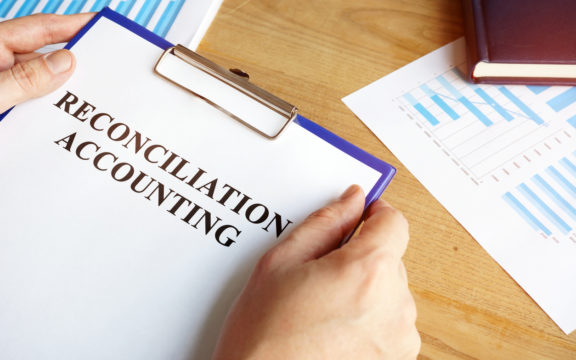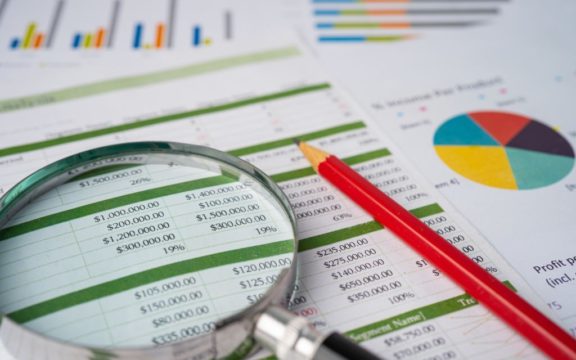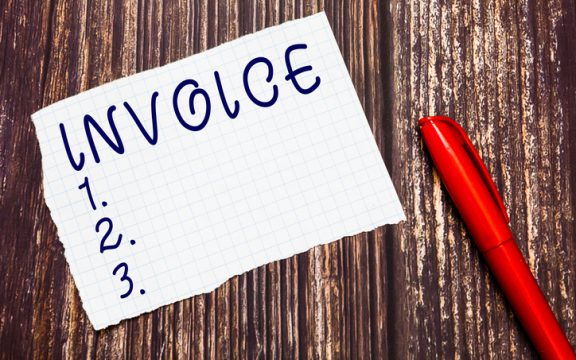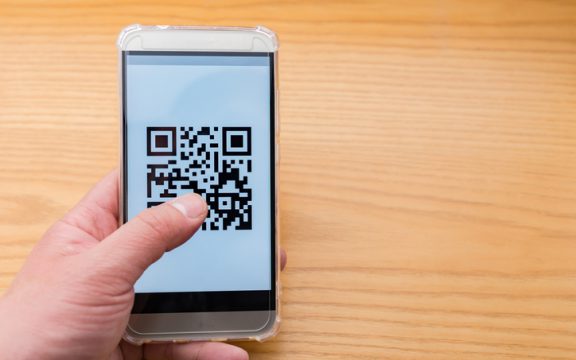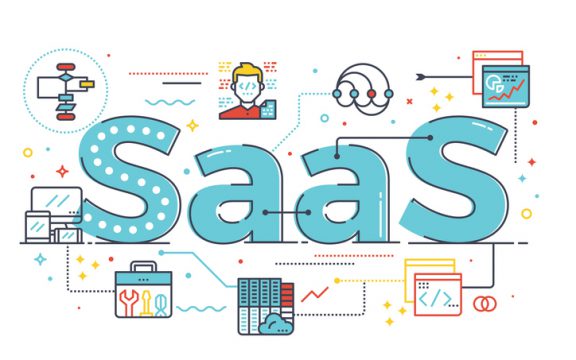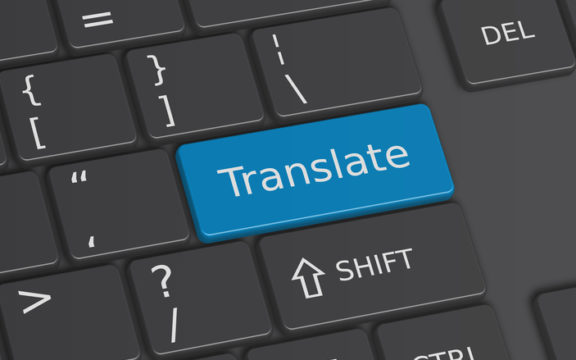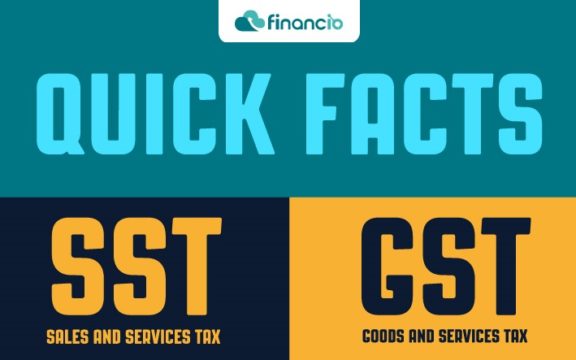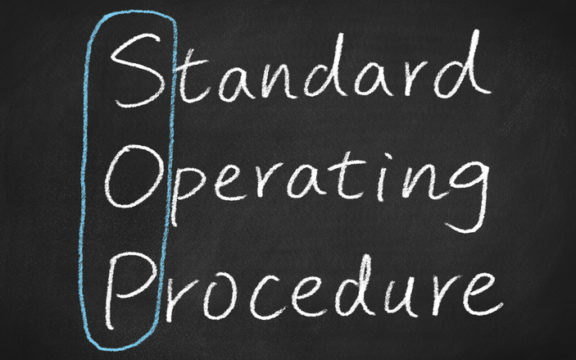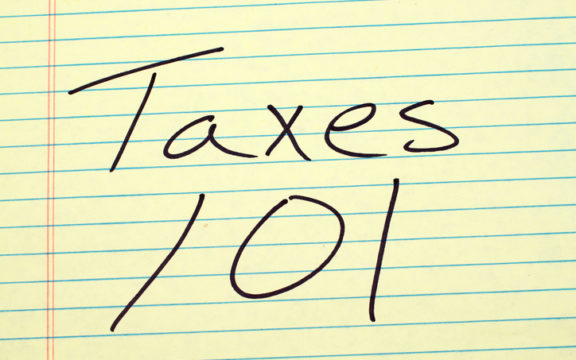What is Bank Reconciliation?
Bank reconciliation is a process that compares and matches the cash balance of your company’s balance sheet to your bank statement. This helps businesses identify the differences between internal financial records against the records provided by the bank. Some businesses may assume that making bank reconciliations is irrelevant in this digital era. Bank reconciliation helps detect potential errors in the bank’s records, fraud and any cash manipulations.
Many businesses in Malaysia are using online accounting software so that they can easily and regularly compare their records with their bank statement to identify fraudulent transactions, resolve any discrepancies, and ensure that everything is in order in their operations.
How to Perform Bank Reconciliation
Bank reconciliation can be a long and tedious process, and not many know how to do it right. This article will walk you through the various techniques to complete bank reconciliation.
1. Acquire Bank Records
The first step of bank reconciliation is to retrieve your bank statements. Bank statement is a list that contain transactions you performed over a specified period. You can get the bank statements through online banking or by connecting your bank account to enable bank transactions and bank balances to be populated into the online accounting software you use.
2. Get Your Reconciliation Form
While you are pulling up your bank statements, you should prepare the reconciliation form. This is a worksheet that compares the company’s balance to that of the bank accounts. The layout should be simple to see any disparity between your bank statement and internal financial record. Fortunately, technology has advanced over the years and there are many accounting software built with a bank reconciliation template or form within the system itself.
3. Prepare Your Business Records
To perform bank reconciliation, you need to look at the business record. This is typically kept in a ledger, logbook, or spreadsheet. Some online accounting software will allow you to extract important business details from its database at any time.
4. Determine Your Starting Point
A rule of thumb to start a bank reconciliation is to figure out when you last balanced your books. If you are not sure of this, look for the last time your business record matched your bank statement. You can start the reconciliation from there.
5.Check Your Bank Deposits and Withdrawals
Go over your bank deposits and withdrawal transactions listed on the bank statements. Ensure that they are all accounted for. Don’t forget to include bank fees, which are usually not taken into account yet.
6. Check the Income and Expenses in Your Record Book
Check your record books to ensure that the income and expenses are recorded accurately. For example, customer payment should be reflected in your business accounting unless there is an issue like a bounced payment.
7. Adjust Bank Statements
There could be a few missing items on a bank statement, and reasons could include payments not cleared yet, bank errors, outstanding checks, and more.
Payments not cleared yet are deposits made into the bank account, recorded by the business, but not recorded by the bank yet.
Outstanding cheques are cheques issued and recorded by the business but have not been cleared by the bank or cashed by the recipient.
Bank errors are mistakes made by the bank during the preparation of the bank statement. This includes the omission of the actual account balance on the statement.
Once you have identified missing items and determined their cause, proceed to make the necessary adjustments to the bank statement.
8. Conclude the End Balances
After you have checked your bank statement listing deposits and withdrawals, you should see that your bank account balance matches your business records. If there is a discrepancy, repeat the above process until you find the cause and make the necessary adjustments.
In a Nutshell
Completing bank reconciliation allows businesses to identify theft, maintain updated records of the company’s receivables and payables. Bank reconciliations enhance the business’s accounting efficiency and accuracy. With good accounting software, the process can be simplified and perform regularly. You cultivate an organized financial record that will serve as a guide in growing your business in the future.
Ideally, bank reconciliations should be done each time when you receive your bank statement. This could be at the end of the day, week, or month. Performing it regularly enables you to keep tabs on your business’s financial dynamics and prevent future problems. For more information, feel free to get in touch with us.





